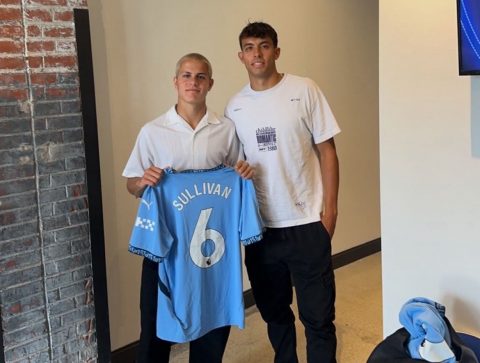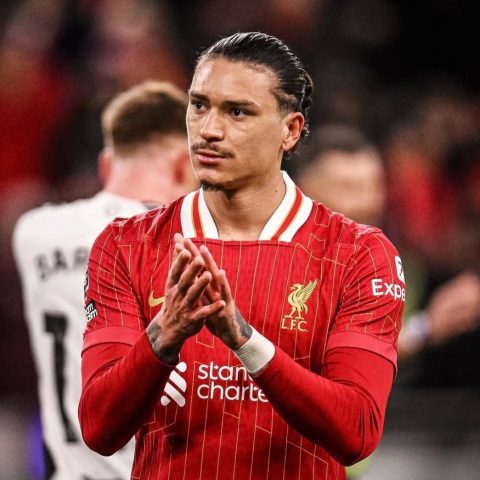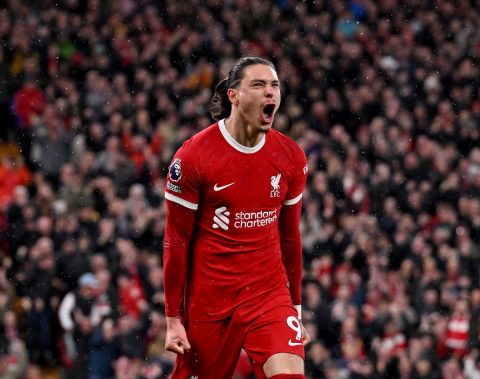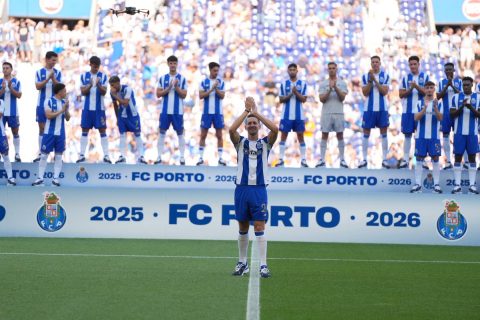The 2024 Las Vegas Grand Prix witnessed a pitstop debacle for Lance Stroll, thanks to a radio failure just at the start of the race. The Aston Martin driver’s early pitstop became a logistical nightmare, highlighting the critical importance of seamless communication in Formula 1.
Early Pitstop Woes
From the outset, Lance Stroll faced a communication breakdown with his Aston Martin team. Following instructions to improve his launch from 18th on the grid, Stroll lost radio contact after completing the very first lap. This miscommunication became troublesome as Stroll struggled to express his need for an earlier pitstop due to severe tyre graining.
With his medium tyres rapidly deteriorating, similar to many other drivers, Stroll was pushed to press his pit confirm button multiple times as a signal. He finally entered the pits on lap nine out of the intended 50-lap race. Unfortunately, what awaited him was not a slick tyre change but utter chaos. The mechanics were unprepared, adding significant time to the stop as they hurried to service the AMR24 with hard tyres.
The Impact of Communication Breakdown
Stroll remarked, “Difficult race, no radio from lap one. No communication. That made it difficult with the pitstop and trying to relay that I was coming in.” The radio failure cost Stroll approximately 20 seconds, which is substantial in a highly competitive racing context.
Reflecting on the incident, team principal Mike Krack commented that the team had to resort to managing the race through the pit board. Fortunately, Stroll’s second pitstop proceeded without any issues, but the damage was already done.
Loss of Position and Potential
Despite a spirited performance, Stroll finished 15th, pondering what could have been if the radio functions had remained intact. He speculated he could have finished around P12, potentially gaining several positions without the communication hurdles.
Aston Martin was not alone in facing pitstop challenges. Fellow racer Esteban Ocon of Alpine also experienced a blunder during his first round of stops.
Serving what effectively turned out to be a drive-through, Ocon had to pit without being prepared. This saw him lose his solid 11th place starting position, dropping down the order when he rejoined the track.
Ocon’s misfortune was attributed to a team error rather than a technical fault. His failed attempt at executing a ‘one-stop’ strategy resulted in an ineffective run and an eventual 17th place finish.
Lessons for the Future
The Las Vegas debacle underscores the necessity of reliable communication and strategic planning in Formula 1 racing. A seemingly minor issue in communication can create cascading effects, as seen in the times lost by Stroll and Ocon. As teams review their race strategies, the emphasis on wireless technologies and seamless pit coordination will likely increase to prevent such mishaps in the future.
Both drivers left Las Vegas with valuable lessons, albeit on opposite ends of the pitstop syndrome — Stroll wrestling with a radio blackout and Ocon with an unexpected mechanical error. As the season progresses, these teams will undoubtedly refine their strategies to avoid a recurrence of these costly errors.









